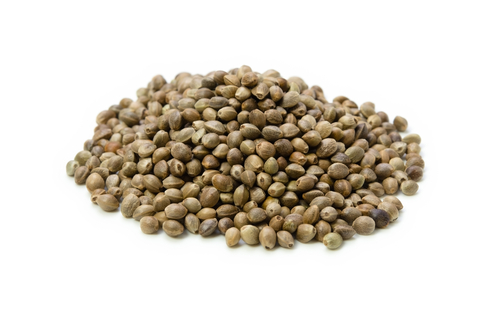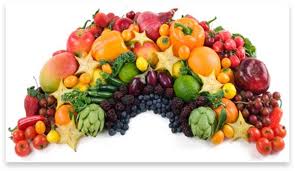Healthy Eating Basics: Where Should I Start?
Healthy Eating Basics: Where Should I Start?
One of the most popular questions I get from inquisitive minds often touches on the basics of eating a healthy diet. I always encourage people to take steps and little shifts to mindful and awareness food consumption that will lead to optimal health.
There are just so many "myths" and "truths" out there that have a direct impact on our lives (mental, emotional and physical wellbeing), that if we try to comprehend them all in one big chunk, we could be overwhelmed and throw in the towel before even committing to making a change for the positive.
Below are general guidelines I like to follow and suggest for people that need a gentle nudge toward the right way of doing things better when it comes to food decisions.
1. Be mindful of the refined, processed and manufactured foods that make it into your shopping cart and into your home and mouth.
Chronic inflammation, how we feel and perhaps how we act, is almost always directly linked to the quality of foods we eat—and packaged and processed foods do us no good.

Instead, aim for fresh, whole, live and organic (when possible) foods.
2. Refrain from quick digesting carbs (flour and sugar).
These food-like products increase inflammation as well because of the rapid increases in blood sugar that create abnormal reactions between proteins and sugars.

3. Eat healthy fats.
Choose coconut oil, extra virgin olive oils and other monounsaturated fats which counteract inflammation.
Omega-3 fatty acids found in cold water fish, flaxseeds, walnuts, hemp seeds, and fortified eggs are also great choices.

Stay away from trans fats, partially hydrogenated oils, margarine, soybean oil, corn, sunflower or canola and other GMO oils, vegetable shortenings, and omega-6 fatty acids.
4. Try to eat as close to a rabbit (limit animal by-products and meats) for protein.
Red meat, poultry, and dairy products are not only very acidic to the body (diseases cultivate in acidic internal environments), they are filled with unhealthy saturated fats and linked to a number of cardiovascular diseases and inflammation.
Try non-GMO whole soybeans, legumes, nuts, and dark leafy greens like chard, and kale which all have high levels of protein.

5. Use Essential Oils, Herbs, and Spices.
Not only to add a deeper level of flavor to your meals (and infuse into your water), these beneficial, natural anti-inflammatory agents are a kitchen staple that you should be adopting into your everyday routine.
I love to use lemon or grapefruit essential oil in my waters, ginger, turmeric, basil, dill, and black pepper in my main and side dishes and peppermint, lavender and lime in my desserts.

6. Hydrate and Drink your liquids!

My go to is clean, spring water (add lemon or lemon essential oils to luke warm water in the am to reset the body and flush out toxins), raw coconut water (pumped with electrolytes, magnesium, and potassium) and watermelon water with fresh lavender, matcha green tea for a treat.
7. Eat your rainbow.
Choose a rainbow variety of fresh fruits and vegetables.
These are packed with live and protective phytonutrients and antioxidants that neutralize free radicals and reactive byproducts that contribute to a host of chronic diseases and ailments.
